How to prepare the perfect seedbed
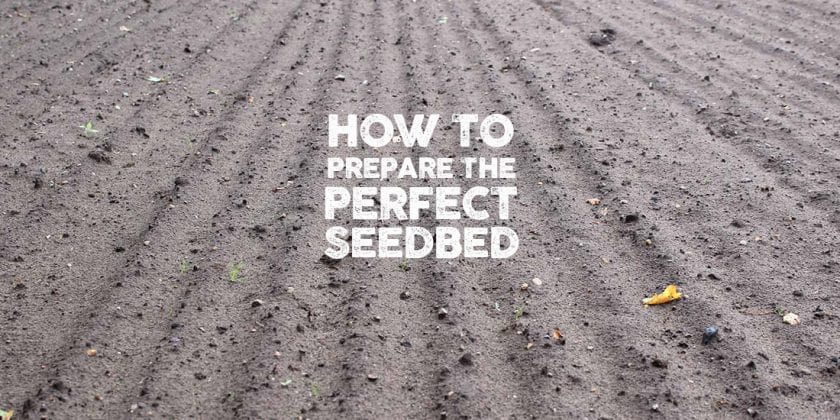
Having a perfect seedbed plays a major part in ensuring the successful sowing of new seeds into your lawn. Knowing what grass seeds you require and what soil type your garden has will also help speed this process up and get you the garden you've been dreaming of.
Preparing the perfect seedbed for your lawn
There are differing opinions of what the perfect seedbed is, but in our books, the ideal seedbed should be each of these three things:
-
Free from weeds, moss or other debris
-
Well-draining
-
Level
So, let’s dig further into what each of these means!
The perfect seedbed is free from weeds, moss and other debris
Leaving a few weeds in your seedbed may not seem like a big issue at the time, but it can become an even bigger one later on. Weeds can cultivate naturally in a lawn, so even if you think there’s only one or two there, many more can be lurking beneath the surface. Scary, we know!
Controlling weeds and moss
To get rid of weeds or moss, you can scarify – however, for a longer-lasting approach that will kill weeds and moss at their roots, a Feed, Weed and Moss Killer product will be more effective. This product will kill off moss and weeds whilst feeding your soil and preparing it for overseeding.
This product works over two weeks, and at the end of this time, your lawn will be moss and weed free – but a little bit patchy where the weeds have gone to their watery graves. Luckily, you’ll be seeding anyway – so these patches will soon be filled with fresh, lush green grass!
You can read further on how long grass seed takes to grow and when it is best to start sowing your seed.
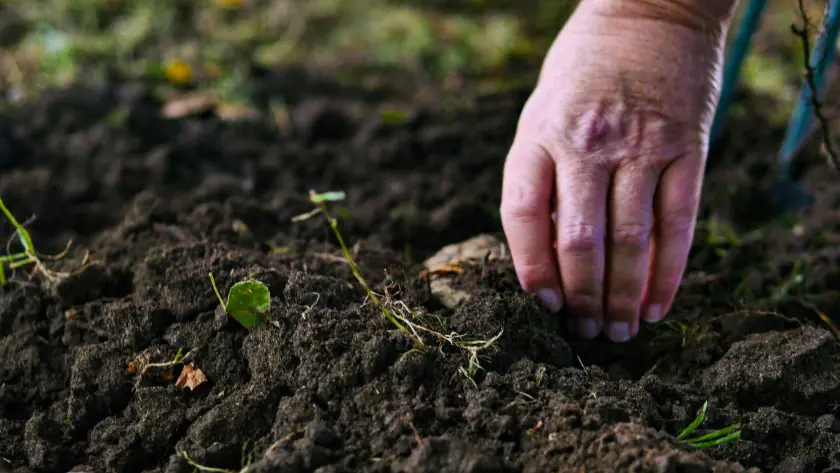
A well-draining seedbed is perfect
You may have noticed that your soil is poor at draining; this may be because it is clay-like or generally compacted. A well-draining lawn is a massive asset to your home and can help prevent many issues that may develop in the future, such as flooding, reoccurring moss and various lawn diseases. To improve the drainage in your lawn, you can aerate it to help break up compaction and allow water to move freely within the soil so that it isn’t resting on top of your newly sown lawn.
Aerating your lawn to help with drainage
You can find more information in our TGP Glossary if you want to know more about aeration, especially hollow tine aerating. In many cases, aeration will improve the drainage of your lawn greatly. If you find that this step doesn’t improve the drainage quality of your lawn, you may need to find out more about what is causing the underlying issue.
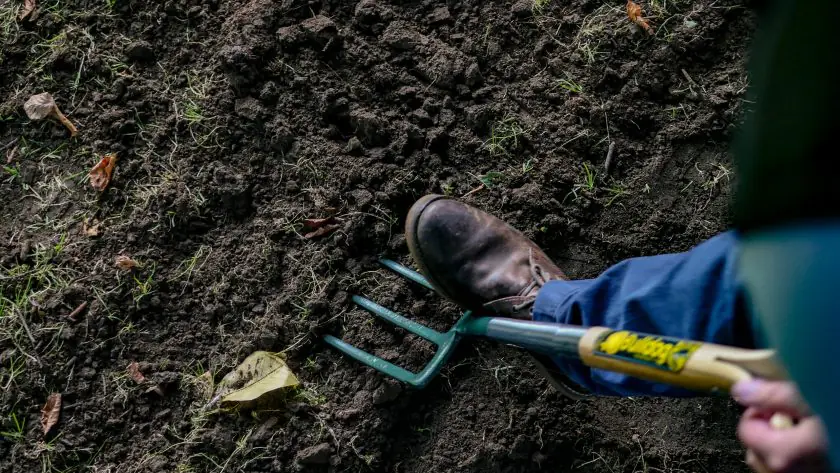
A seedbed levelled to perfection is ideal
Creating a level seedbed can aid your grass growth in many ways; not only will a level seedbed help to create an aesthetically pleasing lawn once it has grown – but it will also help reduce soil erosion or surface ‘runoff’. If there are lots of lumps and bumps in your seedbed, this can prevent the seed from growing how it should – too complex, as the seed may fall to the wayside, making patches appear. In addition, if there are some bumps in your lawn, this may also cause water to gather in certain areas.
Using a rotovator will help level your soil more evenly
To ensure a level seedbed, it is best to rotovate the soil. Rotovating churns up the soil and breaks it up, which puts it in a great position to be raked over. Raking helps to break up the soil further while levelling everything out.
If the soil in your lawn doesn’t suffice and you’re noticing dips and peaks, add some topsoil to create the perfect foundation. When you’ve levelled everything off, you should also notice that your soil is fine and crumbly – if there are still large clumps, use a spade or hoe to break it up further until all of your soil is uniformly fine.
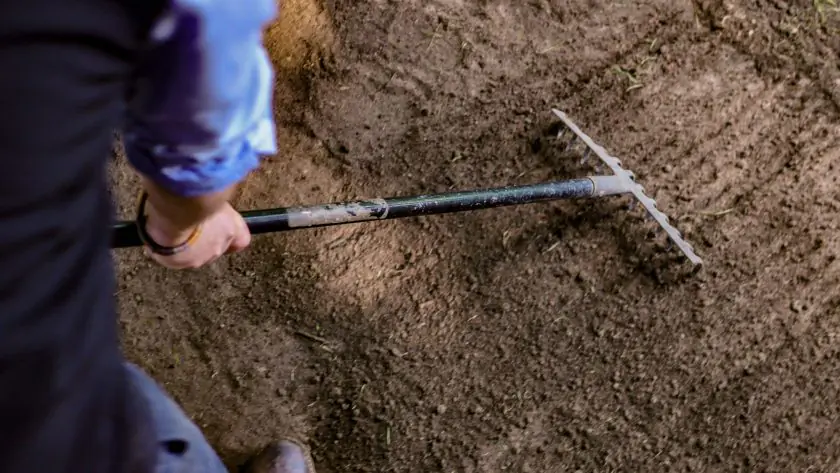
So there you have it – the ideal seedbed should have no weeds or moss, clumps or bumps, will be lovely and level – and fine and dandy – with no dandelions!
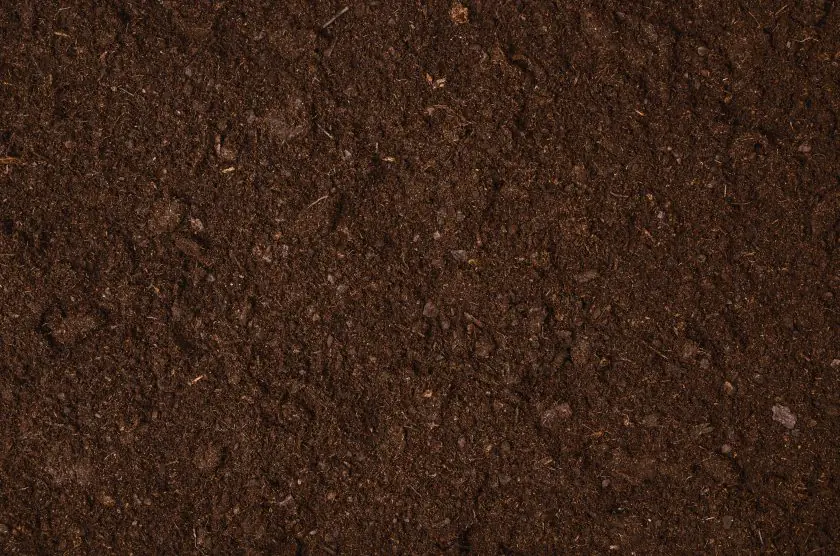
As an added extra, we had Scott Hiskey of Blossom Country Gardens show you how to prepare the perfect seedbed in practice!